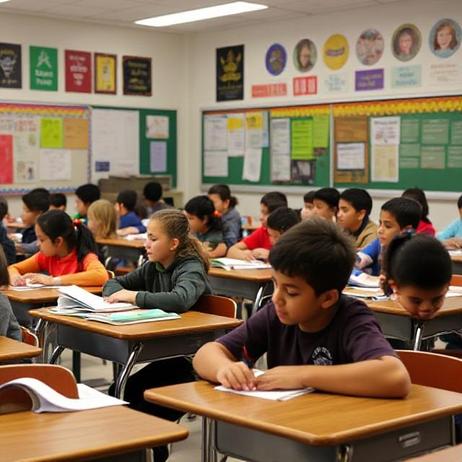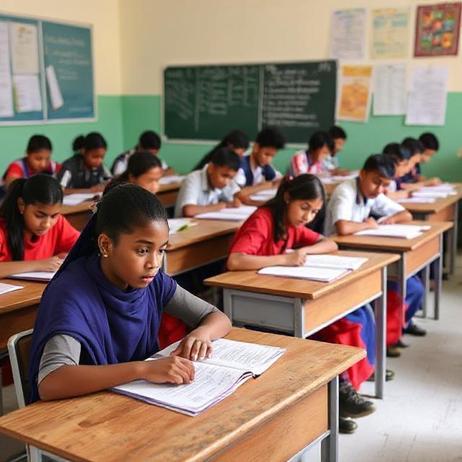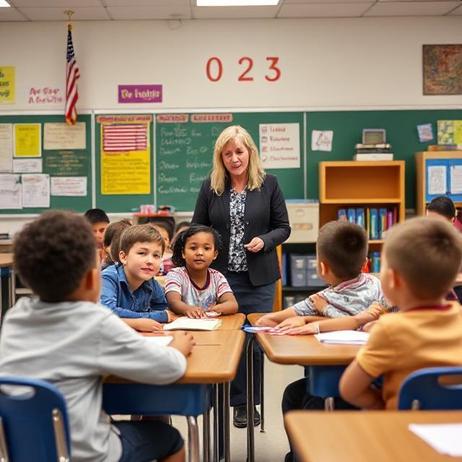Public schools play an essential role in supporting students from low-income households — especially those eligible for free or reduced-price lunch (FRPL). This article outlines how public schools support students on free/reduced-price lunch programs, examines key strategies in 2025, and presents insights for parents, educators, and policymakers.
Understanding the Free/Reduced-Price Lunch Program
The federal National School Lunch Program (NSLP) offers free or reduced-price meals to eligible students. Eligibility is determined based on family income: children from households at or below 130 % of the federal poverty level qualify for free meals, and those between 130 %–185 % for reduced-price meals.
Statistics from recent data:
More than 95,000 schools serve lunches to approximately 29.7 million students daily.
Schools where a large share of students qualify for FRPL are more likely to offer additional nutrition-related programs.Economic Research Service
Thus, being eligible for free or reduced-price lunch signals significant need — and schools aim to respond with structured support.
Key Support Strategies in Public Schools
Public schools use a range of strategies to support students eligible for free/reduced-price lunch programs:
1. Ensuring Access to Nutritious Meals
By providing free or reduced-price lunches — and in some cases breakfasts — schools help reduce food insecurity and nutrition shortfalls. Research shows students participating in school meals:
Are less likely to experience food insecurity.






















